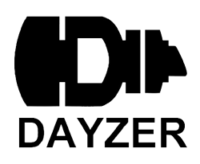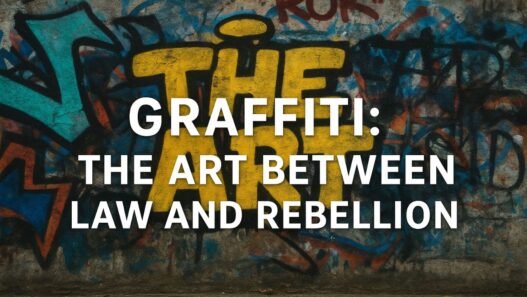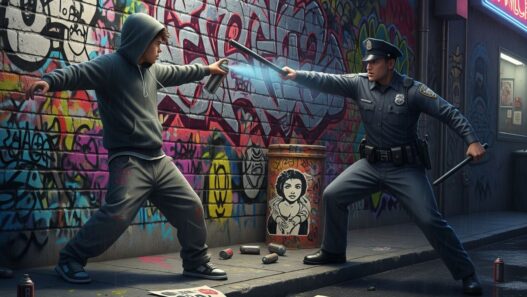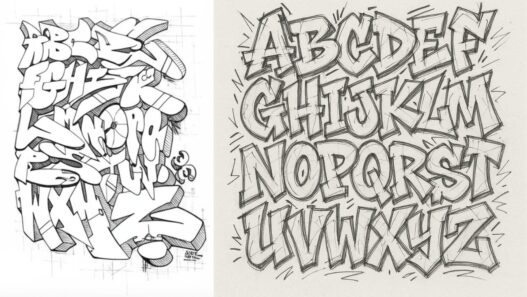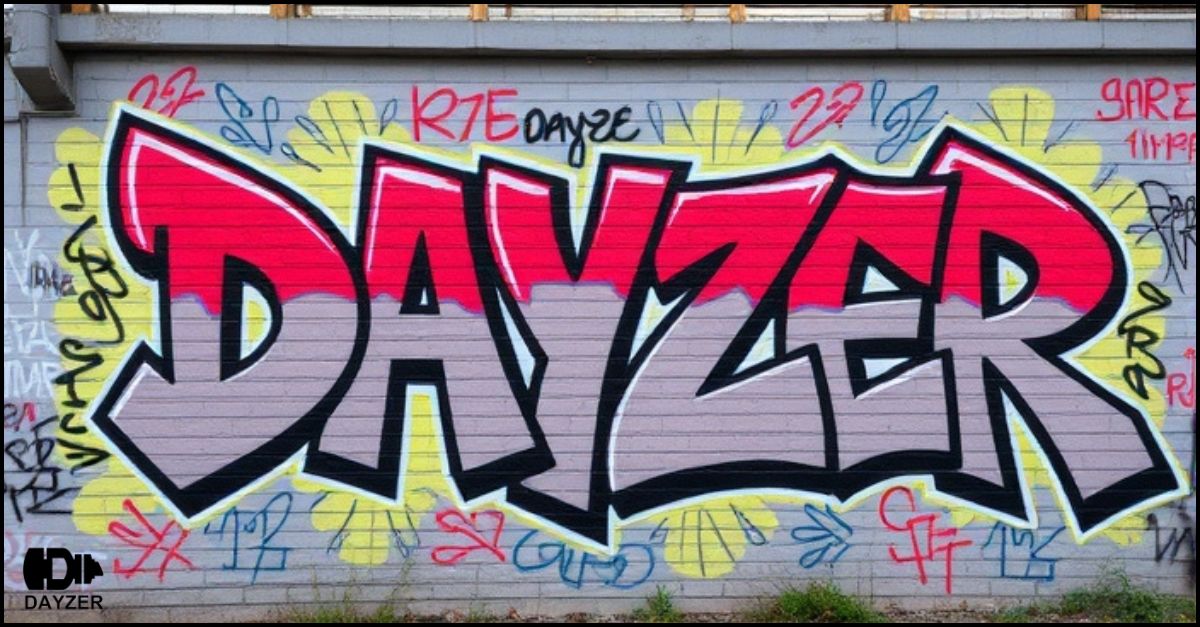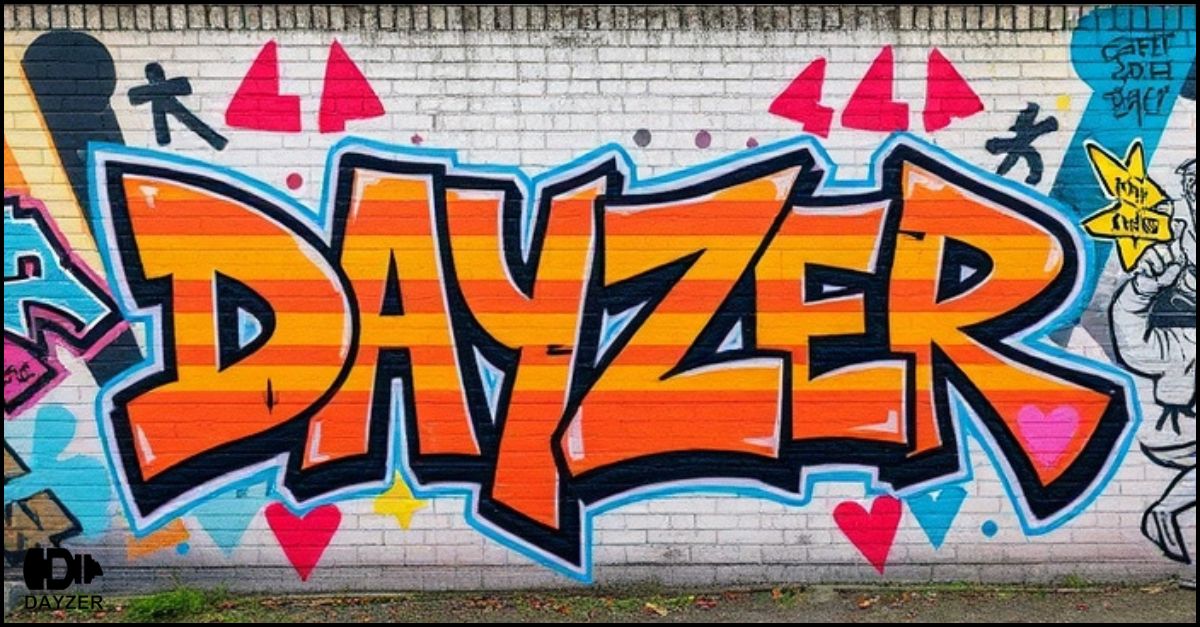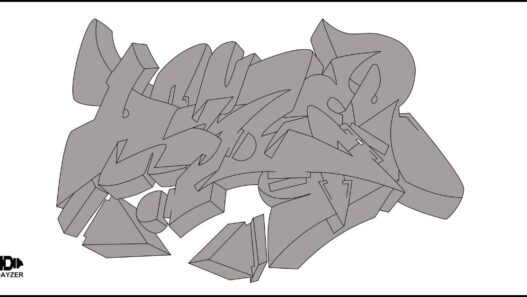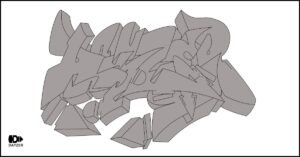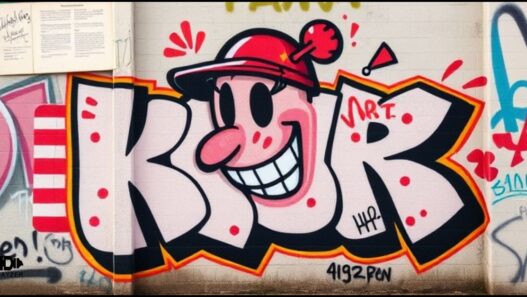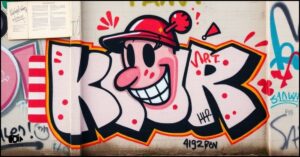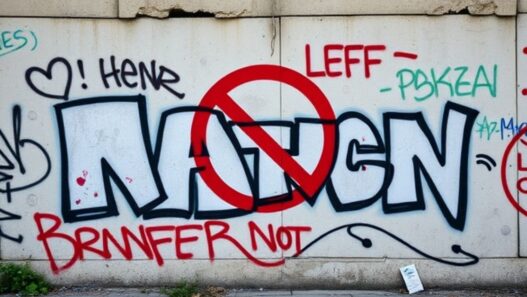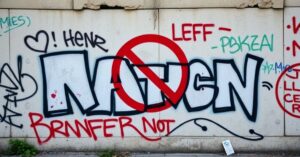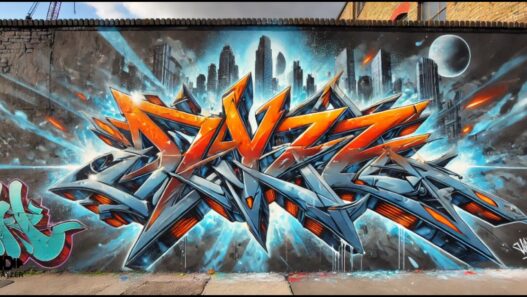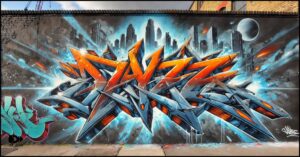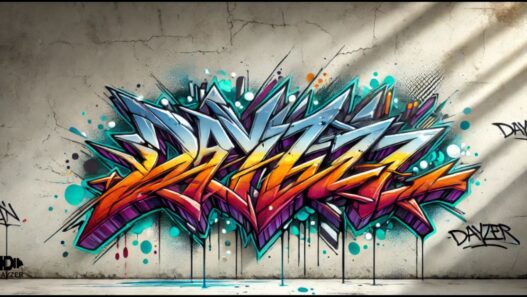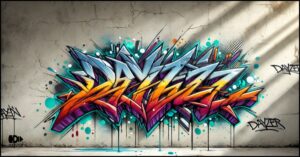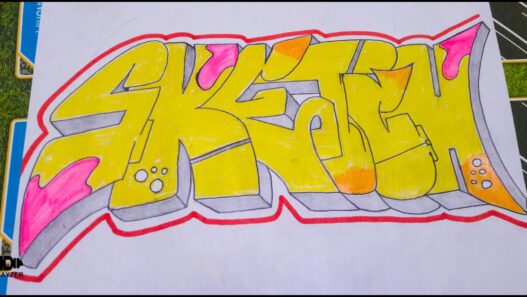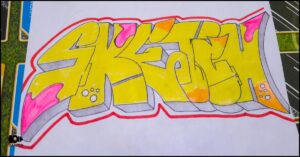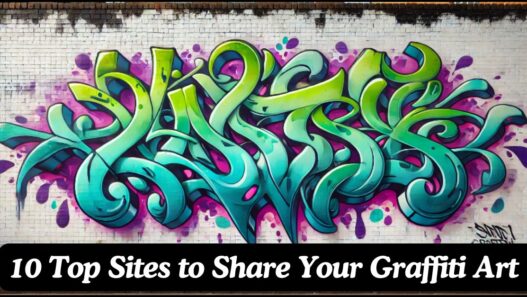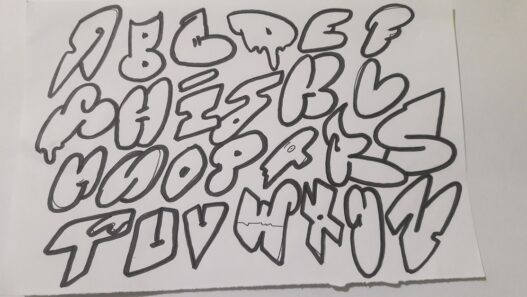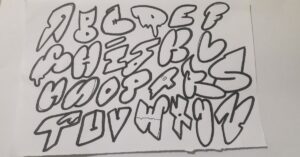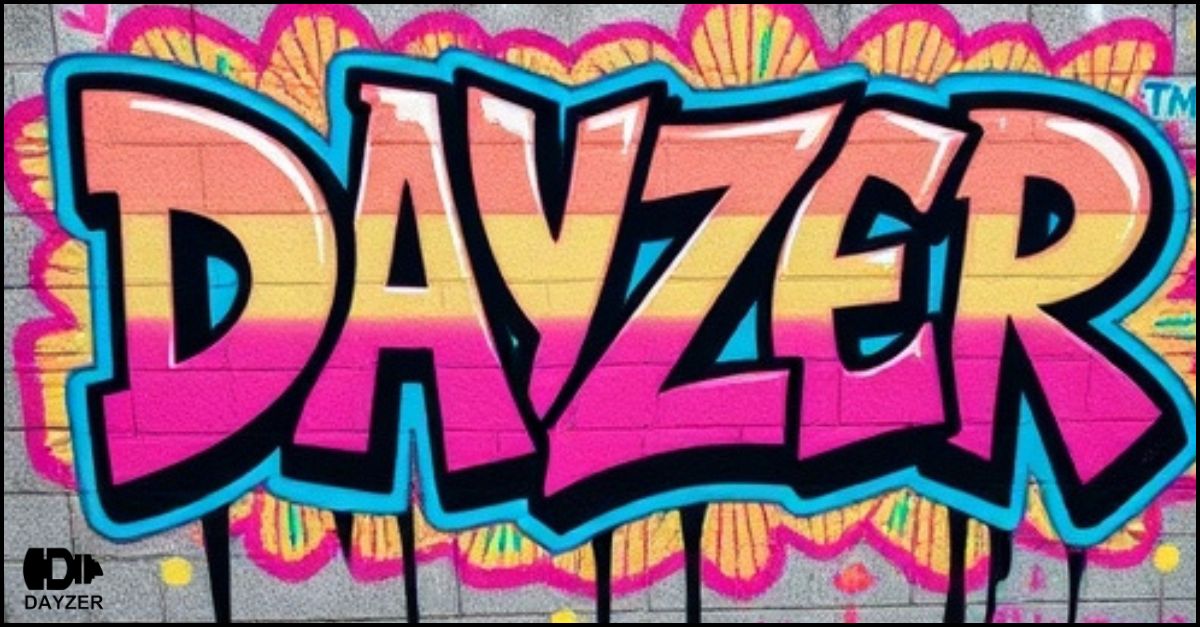
Graffiti wall art is a powerful form of self-expression and urban beautification. It has evolved from a rebellious act to an admired art form celebrated worldwide. In this guide, we’ll explore the essence of graffiti wall art, its significance, and tips for creating stunning pieces.
What is Graffiti Wall Art?
Graffiti wall art refers to artistic designs, symbols, or messages created on walls, typically in urban areas. It encompasses various styles, ranging from:
- Tagging: Simple, stylized signatures or initials.
- Throw-Ups: Bubble letters or quick designs.
- Murals: Large, detailed compositions that tell stories or convey themes.
- Street Art: Intricate pieces blending graffiti with fine art techniques.
Advertisement
The Significance of Urban Wall Art
Graffiti art plays a vital role in urban culture by:
- Expressing Identity: Artists convey personal, social, or political messages.
- Adding Aesthetic Value: Transforming dull walls into vibrant attractions.
- Encouraging Community Engagement: Inspiring dialogue and collaboration within communities.
- Preserving Culture: Documenting local history and stories through visual art.
Creating Wall Art: Step-by-Step Guide
1. Find the Right Wall
Locate a surface that aligns with your vision. Ensure you have permission to paint, whether it’s a legal graffiti space or private property.
2. Develop Your Concept
Before painting, sketch your design. Decide on:
- Theme: What message or story do you want to share?
- Style: Choose between abstract, realistic, or hybrid styles.
- Color Palette: Use vibrant hues to make your art pop.
3. Gather Necessary Materials
Equip yourself with:
- Spray paint in various colors.
- Stencils for intricate patterns.
- Protective gear like gloves and masks.
4. Prepare the Surface
Clean the wall to remove dirt or debris. Apply a primer or base coat for a smooth painting surface.
5. Outline Your Design
Start with light lines to map your artwork. This ensures accuracy and proportionality.
6. Apply Colors and Details
Fill in the design with bold colors. Add details like gradients, highlights, and textures to enhance depth and dimension.
7. Finalize with Finishing Touches
Step back to review your work. Refine any areas and add small elements for a polished look.
If you’re looking for the perfect sketchbook to plan your drawings and ideas, I personally recommend this one. I use it myself — it offers high quality and excellent paper for sketching. You’ll find the purchase link below the product!

Tips for Successful Graffiti Designs
- Practice Your Technique: Experiment with different tools and methods.
- Collaborate: Join other artists to create dynamic group pieces.
- Respect the Space: Only paint on approved surfaces.
- Experiment with Styles: Push your creative boundaries.
Celebrated Examples of Urban Art
Some iconic graffiti locations include:
- Berlin Wall: A historical canvas for artistic and political expression.
- Wynwood Walls (Miami): A vibrant display of contemporary street art.
- Shoreditch (London): Known for its ever-changing graffiti scene.
Conclusion
Graffiti wall art is more than just visual decoration—it’s a medium of storytelling, cultural preservation, and creative innovation. By learning the techniques and embracing your unique style, you can contribute to this transformative art form. Whether you’re a beginner or a seasoned artist, every wall offers an opportunity to make a bold statement.
share botton:
